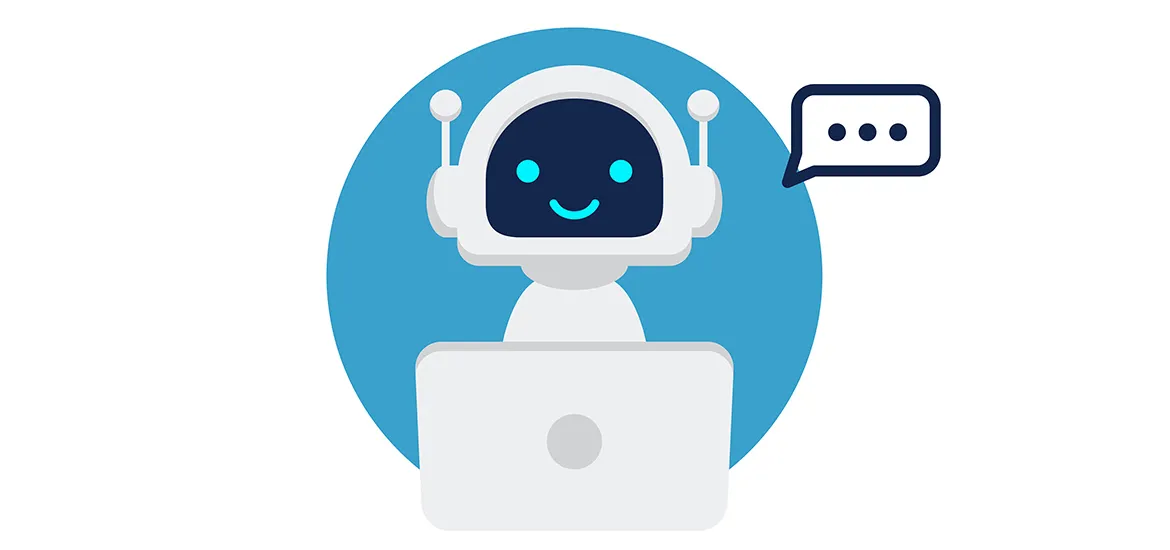This study shows how chatbots’ language concreteness—the specificity of words used during interactions with consumers—can help improve customer satisfaction, willingness to use the chatbot, and perceived shopping efficiency.
The authors emphasize three communication phases (opening, query/response, and closing) during which it is possible to introduce concrete language to influence consumers’ perceptions about chatbot competence. These language compositions can be expressed by including detailed descriptions of the chatbot at the beginning of the conversation (e.g., “Hello, I’m Oscar, the chatbot of X brand”), providing specific options that companies can employ to satisfy consumers’ needs (e.g., “Can I help you with bookings, requests, or services?”), and concretizing which aspects the chatbot has helped with during the interaction at the end of the conversation (e.g., “You’re welcome. Thank you for your booking; see you next Friday.”).
What You Need to Know
- Chatbot language concreteness is an essential characteristic of fruitful and satisfactory interactions when consumers need information to satisfy an immediate shopping need.
- Not all service companies can afford massively pretrained language models; therefore, more affordable chatbots could compensate for this by using predesigned concrete expressions throughout conversations to meet immediate consumer needs.
- Human employees who use less concrete language are as effective as chatbots that use concrete language to enhance consumers’ perceived competence, satisfaction, and perceived shopping efficiency.
Abstract
In service settings, chatbots frequently are associated with substandard care, depersonalization, and linguistic misunderstandings. Drawing on assemblage theory (i.e., the examination of how heterogeneous parts, through their ongoing interaction, create an emergent whole with new capacities that the parts themselves do not have), the authors investigate how chatbots’ language concreteness—the specificity of words used during interactions with consumers—can help improve satisfaction, willingness to use the chatbot, and perceived shopping efficiency. Across three experiments, the findings reveal a psychological mechanism driven by concrete chatbot language that makes chatbots seem competent and reinforces consumer self-competence, in turn boosting satisfaction, willingness to use the chatbot, and perceived shopping efficiency. This pattern of results contributes to consumer behavior by providing evidence of the chatbot language concreteness effect on consumer–chatbot interactions. For practitioners, the authors outline conversational designs that could help optimize implementation of chatbots in customer service.
Jano Jiménez-Barreto, Natalia Rubio, and Sebastian Molinillo, “How Chatbot Language Shapes Consumer Perceptions: The Role of Concreteness and Shared Competence,” Journal of Interactive Marketing, forthcoming. doi:10.1177/10949968231177618

